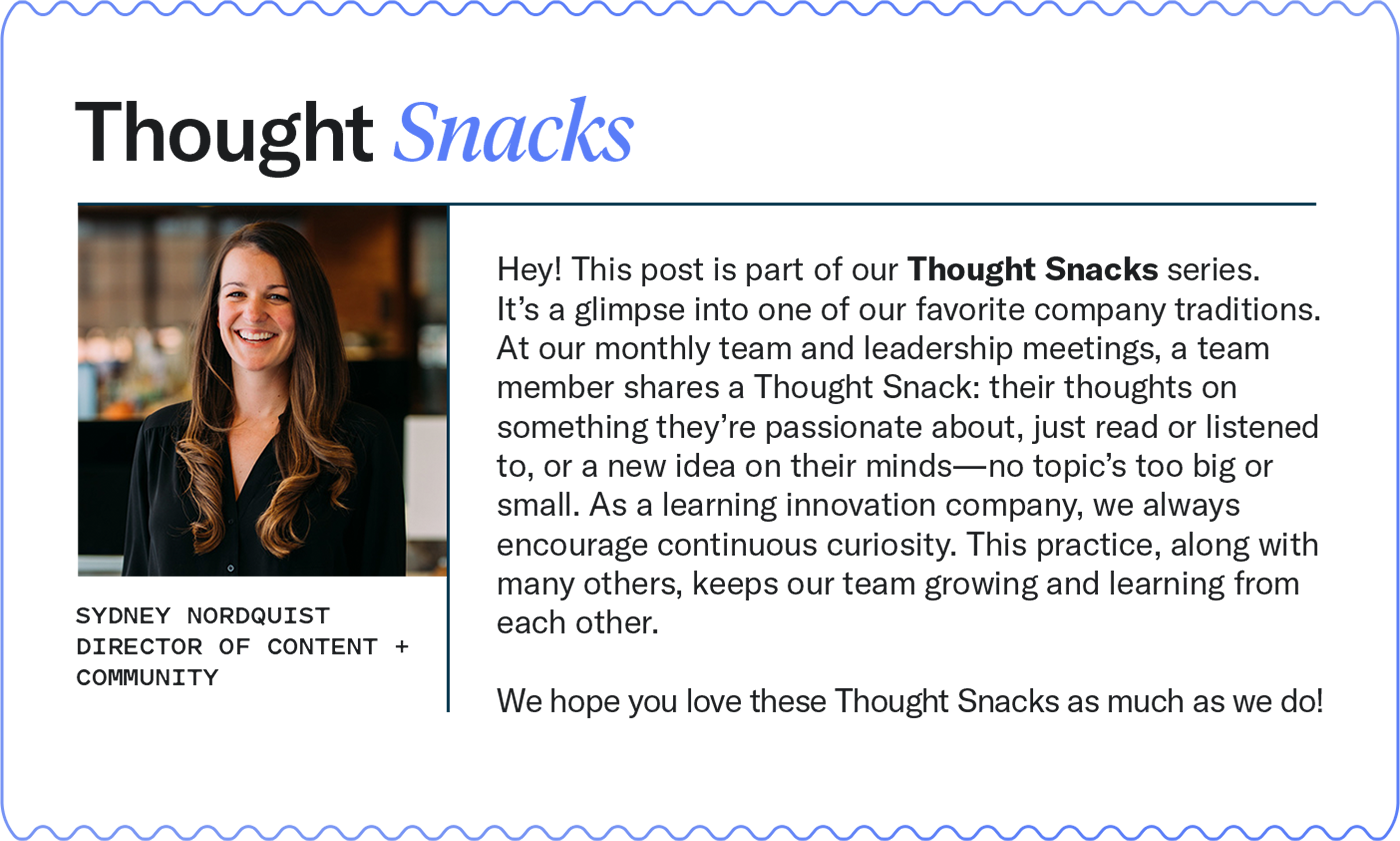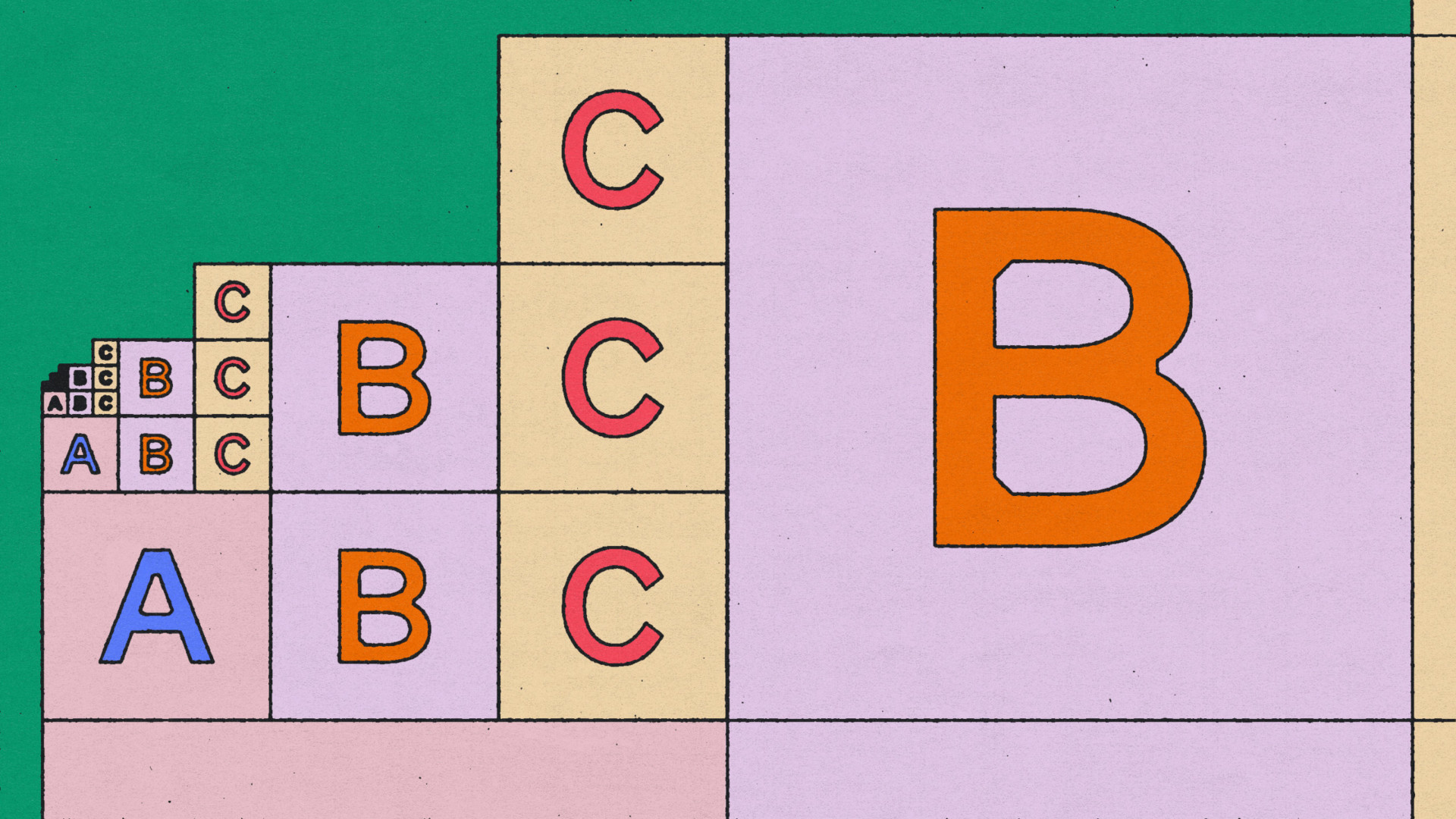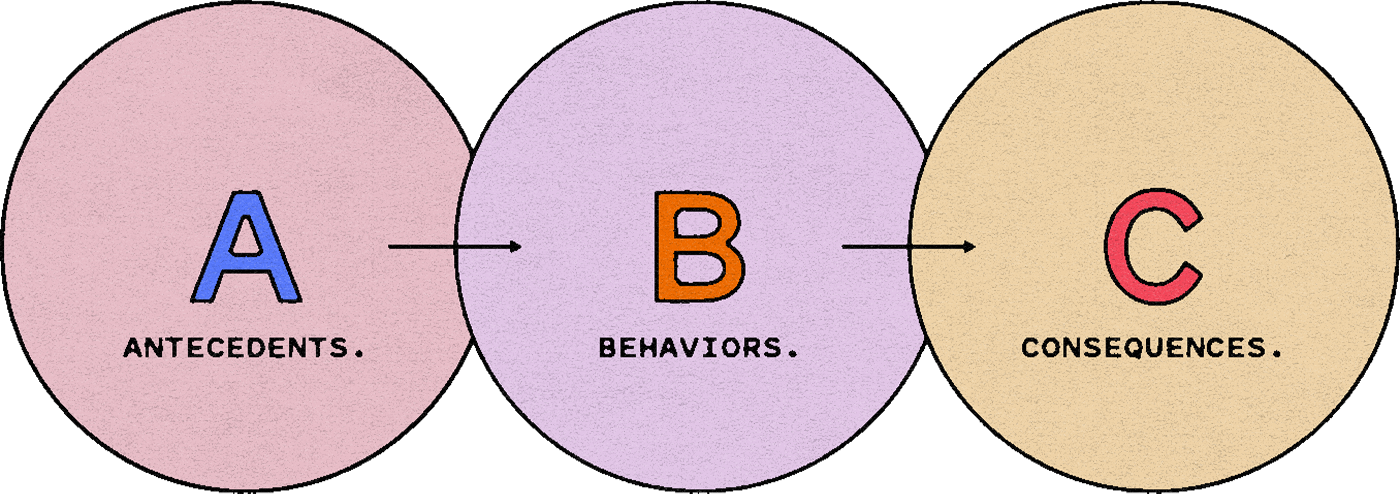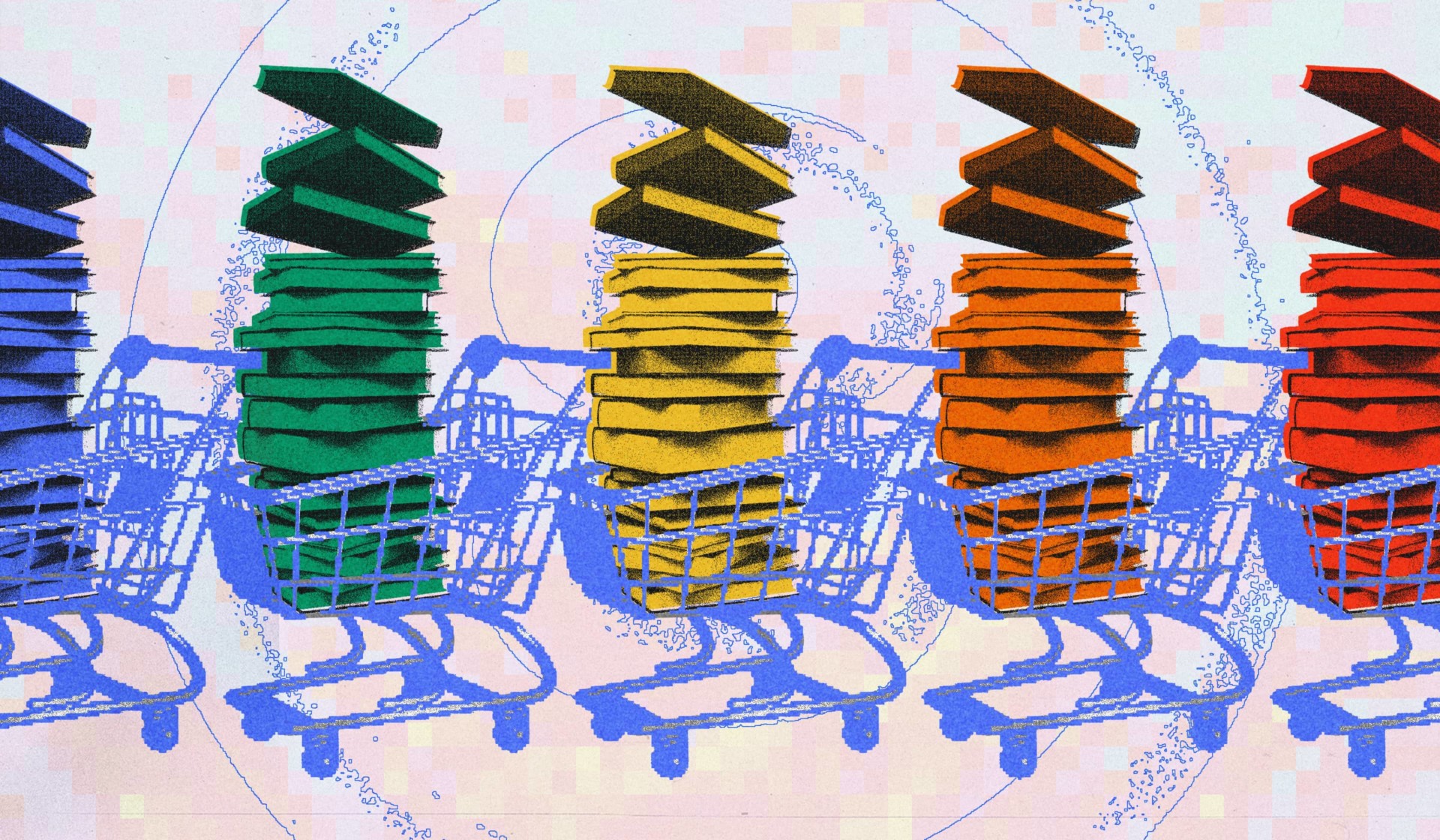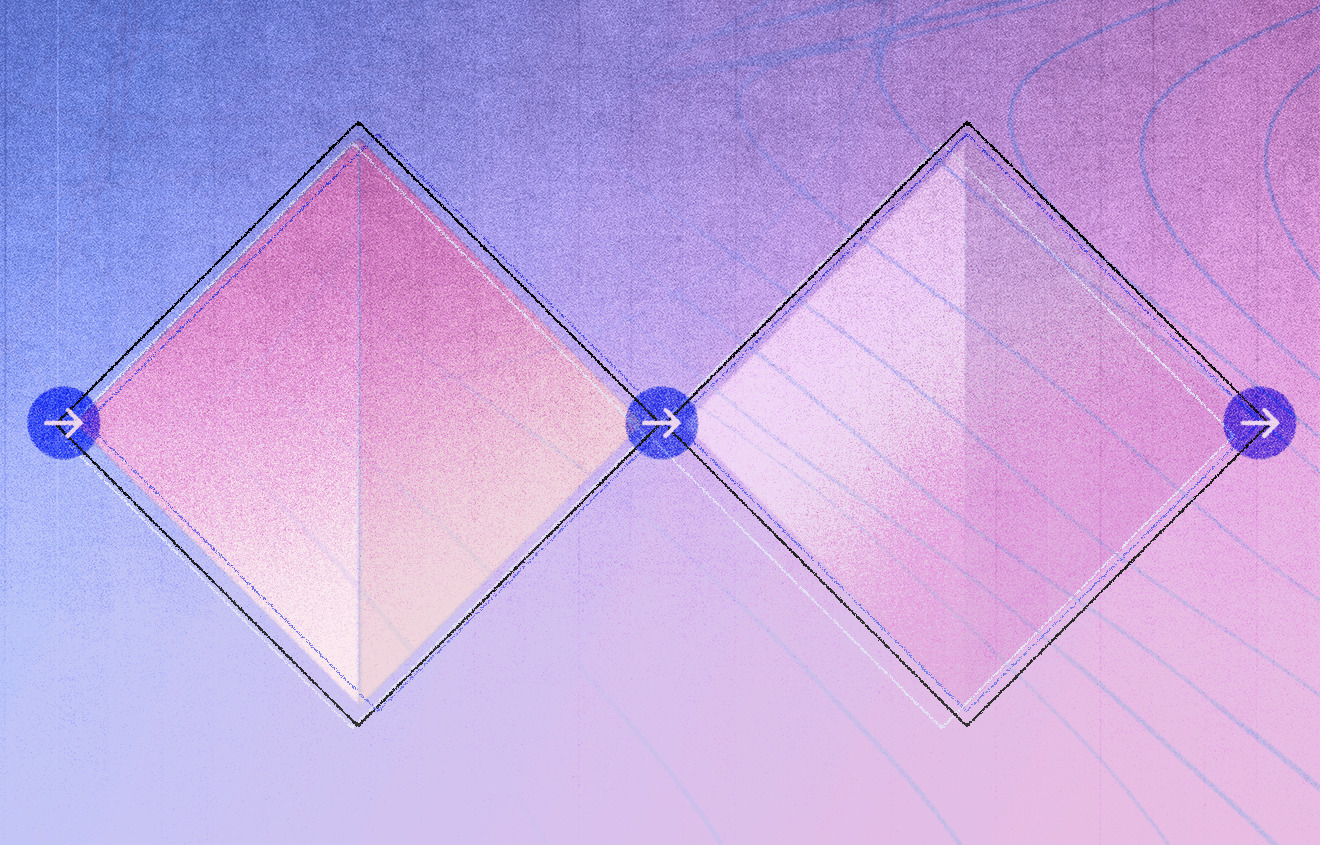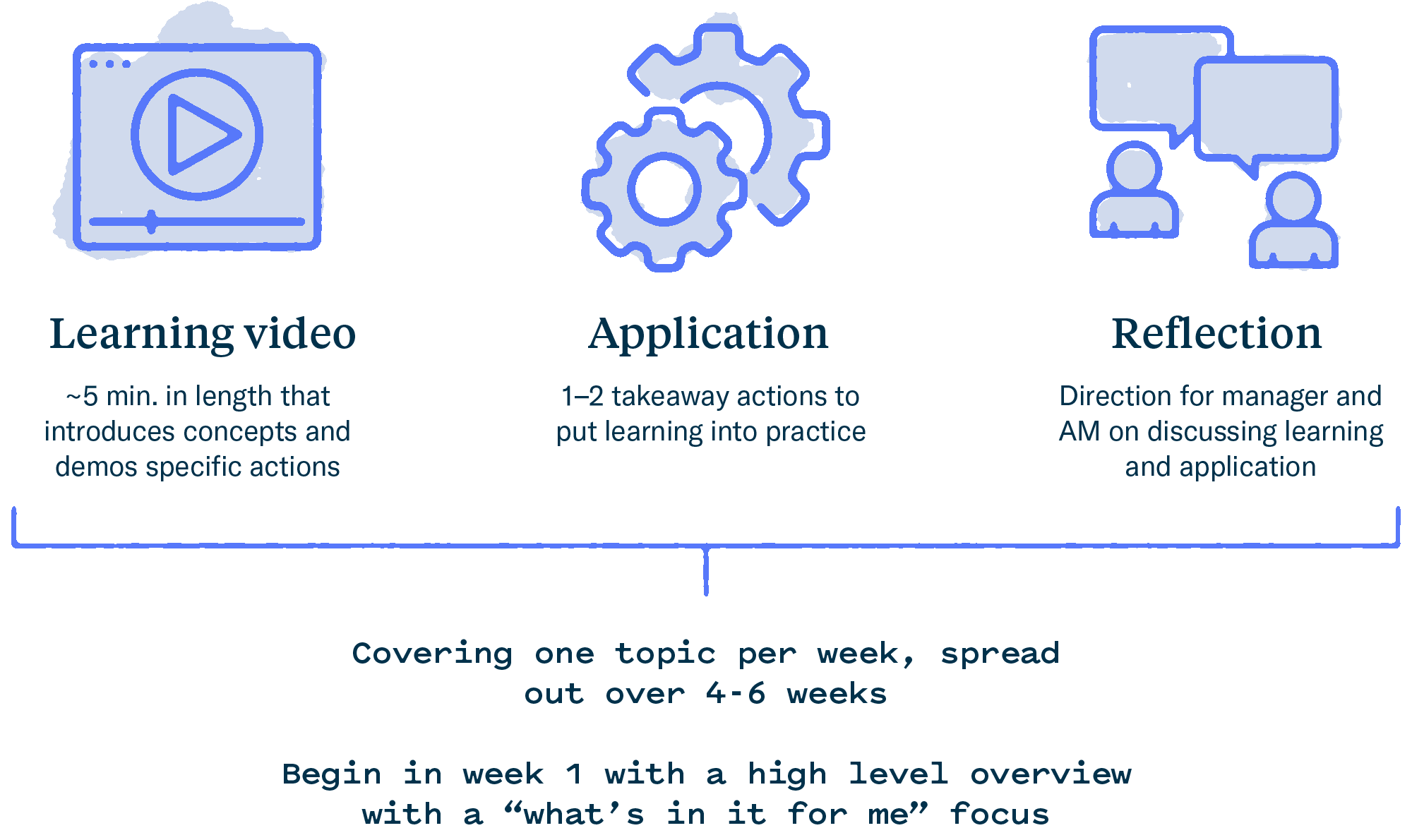With so many different learning agencies, available courses, and eLearning marketplaces out there, knowing where to start to find the right fit for your eLearning needs can be complicated and overwhelming. We get it. That’s why our team has gathered a list of the top eight best places to get off-the-shelf eLearning courses complete with a review of key features, benefits, and costs associated with each. So you can find the marketplace and courses that are right for you!
But first things first, let’s break down exactly what off-the-shelf eLearning courses are, the difference between off-the-shelf and custom courses, and when it makes sense to use one or the other.
What are off-the-shelf eLearning courses?
Off-the-shelf eLearning courses are courses that have been pre-designed and can be downloaded and used by learners immediately. Off-the-shelf courses cover various topics and are most frequently used in situations where education for a team is needed with content covering a breadth of common industry or professional topics. This could be general industry knowledge, soft skill development, or compliance information.
Off-the-shelf courses are particularly useful for organizations with large workforces who need to train various teams and/or departments on a number of topics or on content that is not company-specific. For example, a proper handwashing technique off-the-shelf course could teach learners in various industries how to properly wash their hands without the need of any custom or branded content. Off-the-shelf courses are also an important option for smaller businesses who don’t have the budget to create custom eLearning courses for their team but still want to provide quality educational content.
Need ready-to-go courses that look and feel custom? We’ve got you covered!
You can save time and cost with our beautifully designed, off-the-shelf courses—they’re as close to custom as you can get.
Off-the-shelf versus custom content
While both options have their benefits, understanding what your learners need out of a course’s content, considering your design needs (and desires!), and identifying your budget and time constraints are all important pieces of the puzzle in determining which course type is right for you. That being said, the primary difference between off-the-shelf courses and custom courses is that off-the-shelf courses are ready to go immediately, but they have not been tailored to your individual business or branding. They’re ideal for those instances where you don’t need something custom—you just need something fast. With an off-the-shelf course, there’s no need to wait on curriculum design, course development, or beta testing—just click, purchase, and upload to your Learning Management System (LMS), and your off-the-shelf course is ready to go.
Custom courses, on the other hand, grant an organization complete control over the content, design, and branding of their course. As such, custom courses are a great option for organizations who have individualized training needs or for those who want a course that utilizes specific branding (terms, customized images, etc.). If your organization has a specific, personalized sales methodology, for example, then you may want to consider working with a performance partner to consult, develop, and build custom courses that are optimized to suit your unique needs.
Maestro can help you create custom, innovative learning experiences that are crafted with you and your learners in mind, but what if you don’t want something custom? Where should you look?
8 of the best off-the-shelf eLearning marketplaces
Cost: $-$$$
With more than 20,000 ready-to-download courses from leading eLearning publishers, OpenSesame is one of the most trusted providers in the market for on-demand learning courses. Intuitive and simple to navigate, OpenSesame makes buying and selling eLearning courses as easy as downloading a song from iTunes.
With OpenSesame, you can preview courses, read reviews, research sellers, buy courses with no subscriptions or long-term commitments, and download and use courses instantly in any LMS. OpenSesame does the heavy lifting, so you can focus on choosing the best courses for your team.
Open Sesame is best for:
- Flexible licensing—OpenSesame’s flexible licensing allows users to choose between unlimited access to the most popular courses on OpenSesame through an OpenSesame Plus subscription, or customers can choose to purchase only the courses they need
- LMS integration—Courses can be downloaded and implemented into any LMS
- Curation support—OpenSesame’s team of knowledgeable eLearning advisors are available to help curate quality content that meets the needs of customers and their learners
2. Maestro
Cost: $$-$$$
Yes, you read that right—Maestro is no one-trick pony! We are dedicated to creating innovative learning experiences that our clients love, so even though we may be best known for strategic, custom learning solutions, we also understand that sometimes off-the-shelf content better meets our client’s needs and desires for time and/or cost efficiency. Ultimately, we’re here to serve you so you can empower your end learners whether that means off-the-shelf content or something tailored just for your team.
So, we created an off-the-shelf course library with topics that range from healthcare compliance to everyday wellbeing with plenty inbetween. And the best part? We’re constantly adding more courses based on your needs (seriously, tell us if you have a topic in mind). Maestro’s off-the-shelf courses combine thoughtful design with the science of how people learn—the same fundamentals we apply to custom learning courses. And even with our off-the-shelf eLearning solutions, we provide the option to translate, brand, and customize if needed.
Maestro is best for:
- High-quality visual design and innovation—we are always looking for ways to implement the newest learning technologies and research-supported best practices to create innovative, effective solutions that are beautifully designed
- Simple processes and options for customization—Maestro provides options for translating, branding, and/or customizing so you can tailor courses as much (or as little) as you’d like
- Fantastic customer service – Talk to real humans (who care) to solve your eLearning needs and help you find solutions that work for you
Check out an example: No-cost Creative Problem Solving
Download an off-the-shelf Maestro course now to see our work in action and help your team develop their problem solving skills.
Get the course→
Cost: $–$$
Learning, previously Lynda.com, offers individual, government, corporate, and academic subscriptions that provide members with video courses taught by industry experts with the goal of helping anyone learn business. Their library of content includes over 16,000 courses covering business, technology, and creative topics that are available on both mobile and desktop.
Founded in 2003, LinkedIn is dedicated to helping its over half a billion members worldwide achieve more in their careers by making connections, discovering new opportunities, and gaining industry insight through professional networking. And with LinkedIn’s global reach, they have access to a wide breadth of industry knowledge and can make a direct impact on the world’s workforce in ways not many other companies can.
LinkedIn Learning is best for:
- Learner-led continuing education—learners can control when and what they learn
- Courses in web development, software development, design, and marketing—though these aren’t the only courses provided, these topics are where LinkedIn Learning really shines
- Pre-built learning paths—take some of the pressure off learners, and let the professionals guide the learning path
Cost: $-$$
Udemy is a massive open online course provider (MOOC) that boasts over 150,000 courses from 70,000+ instructors in more than 65 languages. Their library of content is curated for a global audience with courses that touch on a broad range of topics including health and fitness, the arts, programming, and business skills. Courses on Udemy can be either paid or free depending entirely on the instructor. Udemy is unique in that its platform is designed to allow instructors to build online courses using their own development tools (i.e., videos, powerpoints, live discussion boards, and more).
Udemy for Business, one of their latest ventures, uses a subscription-based model, which grants subscribers access to a targeted suite of 7,000+ courses. Through Udemy for Business, organizations can create custom learning portals for corporate training as well.
Udemy is best known for:
- Industry-leading experts – Udemy’s course instructors include bestselling authors, award-winning professors, and industry experts spanning multiple disciplines
- Global reach and perspective—with 65+ languages and instructors based all over the world, Udemy certainly has a lens for global business
- Mobile learning—Udemy offers an app for Apple iOS and Android, and more than 20% of their learners access training via mobile devices
Cost: $-$$
Go1 hosts a massive curated eLearning library made available for a single subscription price and for use either within a client’s existing LMS or by using Go1’s. Currently, Go1 offers over 100,000 resources and is continuing to invest in growing their library with quality content from industry-leading learning providers.
Go1’s content curation team works with their partners to identify and create unique training requirements that ensure the best recommendations and information are presented to you and your learners. Their current offerings fall into four primary categories: business skills, personal development, safety and compliance, and technology skills.
Go1 is best known for:
- Content curation—Not only is Go1’s Content Hub an easy tool to use, but their learning partners also help you curate the right content for your business without sacrificing on quality or quantity
- Integrations—For those already using an LMS, Go1’s Content Hub is compatible with hundreds of existing systems
- Quality content—Go1 is selective about their learning partners to ensures content creators uphold the high level of quality that Go1 requires before making courses available to learners
Cost: $-$$$
BizLibrary offers off-the-shelf learning in a variety of content formats ranging from microlearning videos to in-depth, interactive courses and video programs. Their award-winning online training library contains more than 6,000 micro-video lessons, video courses, interactive videos, and eLearning courses covering a wide variety of topic areas. BizLibrary also offers additional support materials to further increase learning retention.
BizLibrary’s learning technology platform is powerful and easy to use, and all of their online training solutions are mobile-friendly, allowing learners unlimited access to training content on any device, anytime and anywhere for true just-in-time learning.
BizLibrary is best for:
- Video utilization—training delivered through video in both micro- and long-form
- Accredited content—BizLibrary’s course catalog is award-winning, expansive, and backed by industry professionals
- Additional resources— support materials such as handouts and quizzes are available to increase knowledge retention on the ROI for training
Cost: $$–$$$
Skillsoft is a trusted industry partner that provides innovative and cloud-based off-the-shelf courses for learning and performance support. Their team works with clients to define strategy, competency mapping, and ROI maximization to optimize effective, well-designed courses and learning solutions. Skillsoft trains more professionals than any other company and is trusted by the world’s leading organizations, including 65% of the Fortune 500.
And just like us, Skillsoft is on a mission to build beautiful technology and content that makes an impact. Their library includes 165,000+ courses, videos, and books and is accessed more than 130 million times every month across 160 countries and 29 languages—all with 100% cloud access anytime and anywhere.
Skillsoft is best for:
- Breadth of content—Skillsoft has over 7,000 courses and 65,000 videos in their cloud-based library
- Diverse delivery options—Users can choose from a host of content delivery options from interactive courses, enlightening videos, practical simulations, and more
- Skills-based learning solutions—Skillsoft’s specialty lies in skills-based training like business skills and leadership, IT skills and certification, and digital skills and compliance
Cost: $$-$$$
Coursera was originally founded by two Stanford University professors whose aim was to make top university-style courses accessible to a global, online audience. Coursera partners with more than 200 leading universities and companies including the University of Pennsylvania, Princeton, Yale, University of Michigan, Google, and IBM to create a range of content from on-demand lectures to degree programs and more. In 2021, Coursera was awarded a B corp certification for their continued commitment to reducing barriers to world-class education for all learners, and this commitment is reflected in their desktop- and mobile-friendly content available in a variety of languages.
Content on Coursera covers a wide range of topics including leadership, marketing, engineering, data science, finance, and sales. Additionally, Coursera offers an enterprise product—Coursera for Business—that enables organizations to provide their learners access to over 5,000 courses from the world’s top universities. These courses can be curated to align with your business needs to provide learners with specific skills training, professional certifications, and other world-class education content.
Coursera is best for:
- Reputable content—Coursera partners with the industry’s leading educators and business professionals to provide trustworthy, high quality content
- Professional certificates offered through accredited programs—Learners can earn certifications in a number of fields ranging from social media to bookkeeping and more
- Specializations—Coursera offers various multi-week programs that focus on developing specific and/or highly-specialized skills
Get going (and get growing) today!
While there is almost an unlimited number of off-the-shelf course providers on the market today, finding the one that best fits your learners’ exact needs can be tricky. When in doubt, we suggest building out a list of all the needs and goals you’re looking to meet. From there, review this list of off-the-shelf marketplaces, select the top three to five providers that seem to meet those needs, and then set up free trials of their courses and content.
After all, there is no better way to see if something fits than trying it on for size!
